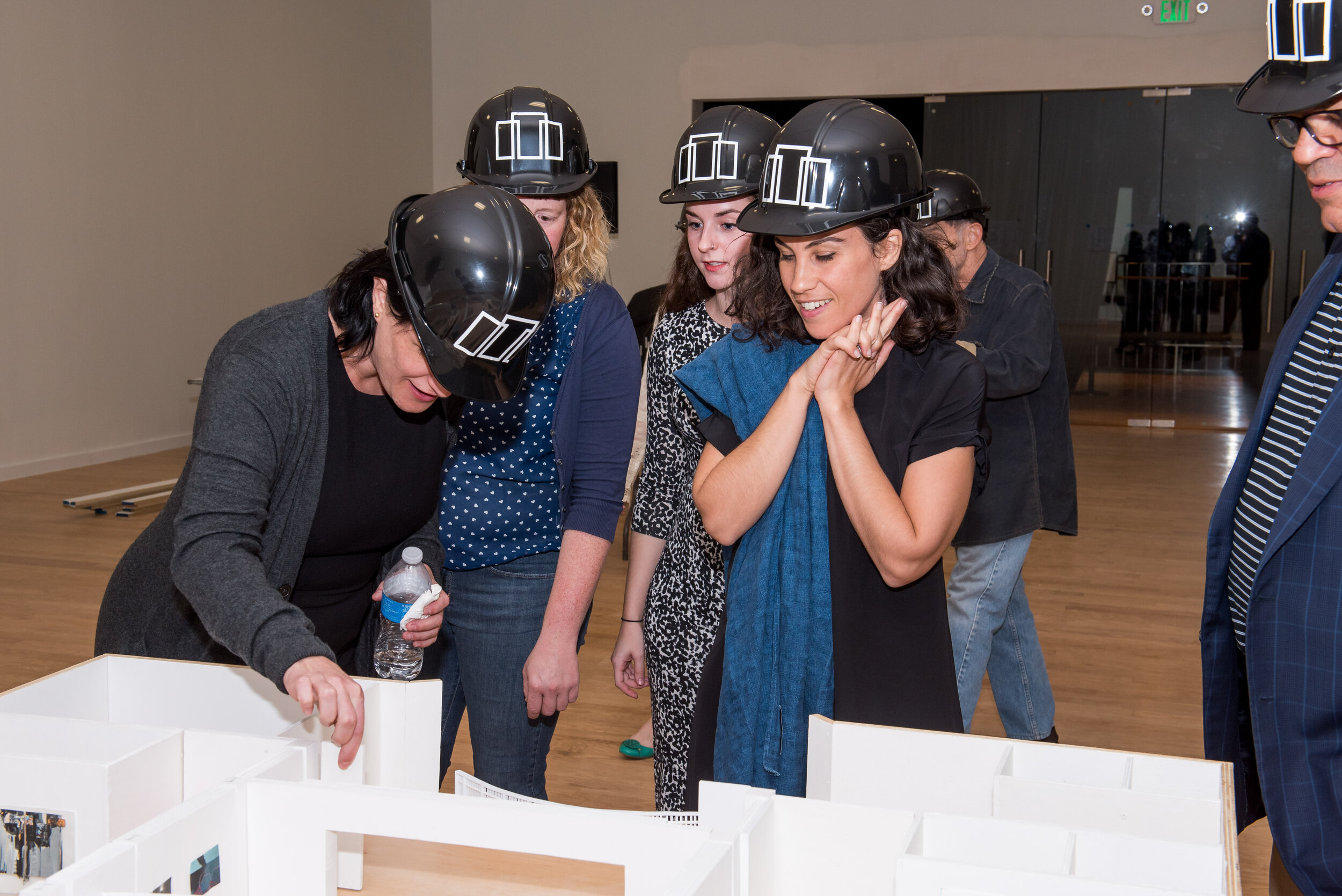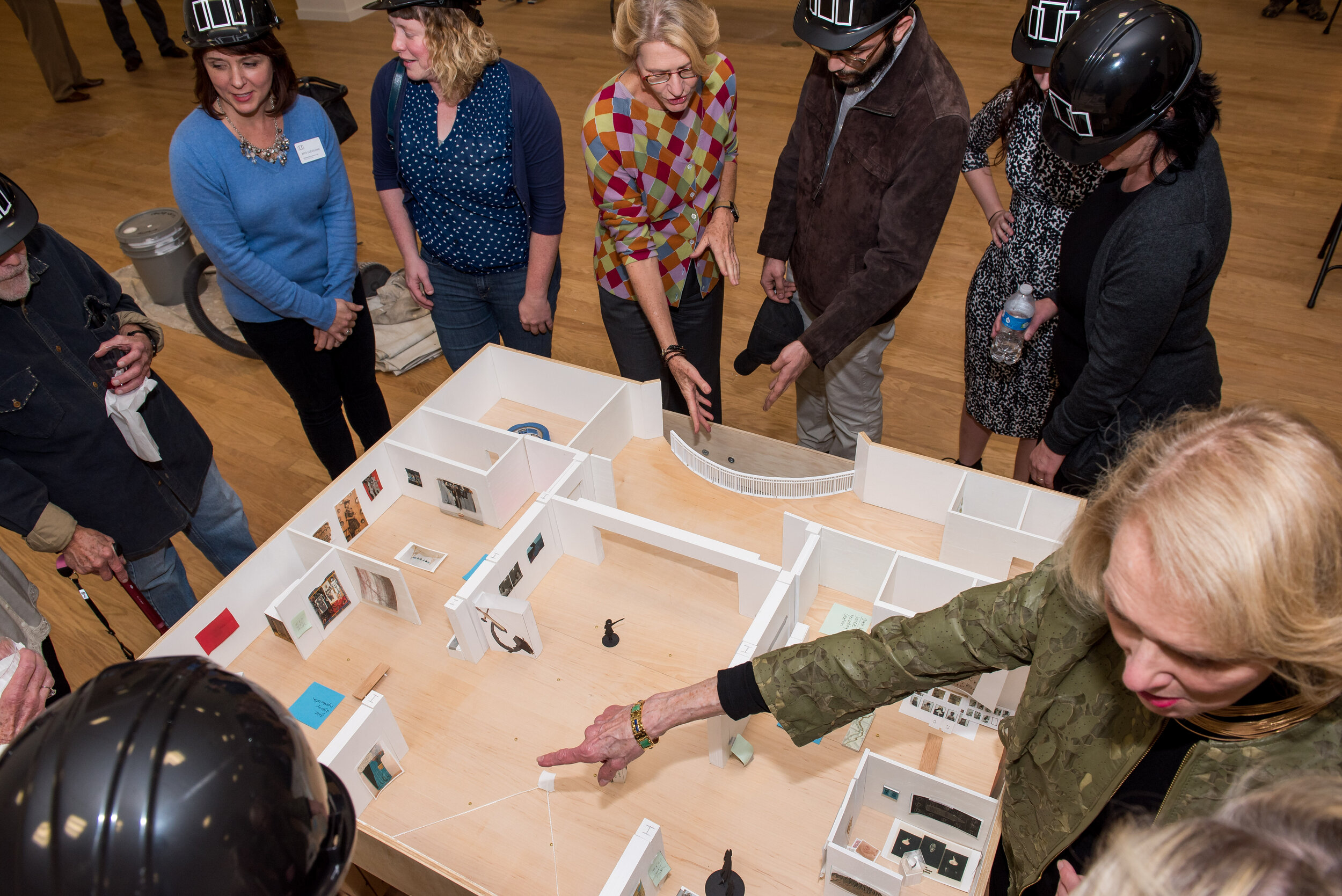BIRMINGHAM MUSEUM OF ART JEMISON GALLERY MAQUETTE
In the summer of 2015, I was approached by Birmingham Museum of Art’s former Hugh Kaul Curator of Modern and Contemporary Art, Wassan Al-Khudhairi, to commission the construction of a scale model of the BMA’s Jemison Galleries exhibition space. Al-Khudhairi was in the process of curating a two-year exhibition titled Third Space, the BMA’s first large exhibition of contemporary art from the museum’s own collection and that highlighted more than 100 works of art including paintings, sculpture, photography, and video. This exhibition was to create connections between the American South and other parts of the world.
Al-Khudhairi proposed to have a scale model built of the galleries in order to assist her with the decision-making process of how to best utilize the gallery spaces, the location of each piece selected and where the staff would need to construct walls. I realized that this would be an excellent learning experience for some of the students and brought two senior sculpture students, Bryce Martinez and Katelyn Ledford, onto the project with me. We began the construction of the scale model in July 2015 and worked together for more than 6 months to complete the project. We began with blueprints of the space, took on-site measurements and worked with the BMA staff and UAB architect Christopher Faulkner to make sure each detail was considered.
The maquette is constructed from high quality plywood, sheet metal, wood laminate and model plastic for detailing. Al-Khudhairi did not want the model to be too small in scale because it would constrain her sense of the space, so the final piece grew to be approximately 4 foot by 5 foot in total size, one foot to ½” in scale and comes equipped with its own cart for storage and easy transportation. The cart also has a built-in drawer for storage of the maquette’s components, such as the scaled magnetic movable walls, pedestals with vitrines, small silhouettes of gallery visitors, and benches. The floor of the model is covered with sheet metal that is concealed by wood laminate and the components were constructed with magnets, so that no items would fall over while the model was in use. Al-Khudhairi and her fellow curators had very specific functional requirements for the model, and it was a positive, challenging learning experience for the students and I to research and engineer the components so they could meet their specific, long-term needs. This project was a problem to solve, research and work through and we all gained a great deal of knowledge and accomplishment once the project was finished. Just knowing that the maquette was a big factor in the designing and planning of Third Space, reminds us that art can serve more of a purpose than just visual stimulation.
In addition to using the maquette to plan the Third Space exhibition, Al-Khudhairi also used it as a tool to talk to colleagues and patrons about what she was hoping the exhibition will achieve and she even shared it with BMA patrons during a special “hard hat” preview of the Third Space exhibition.

















